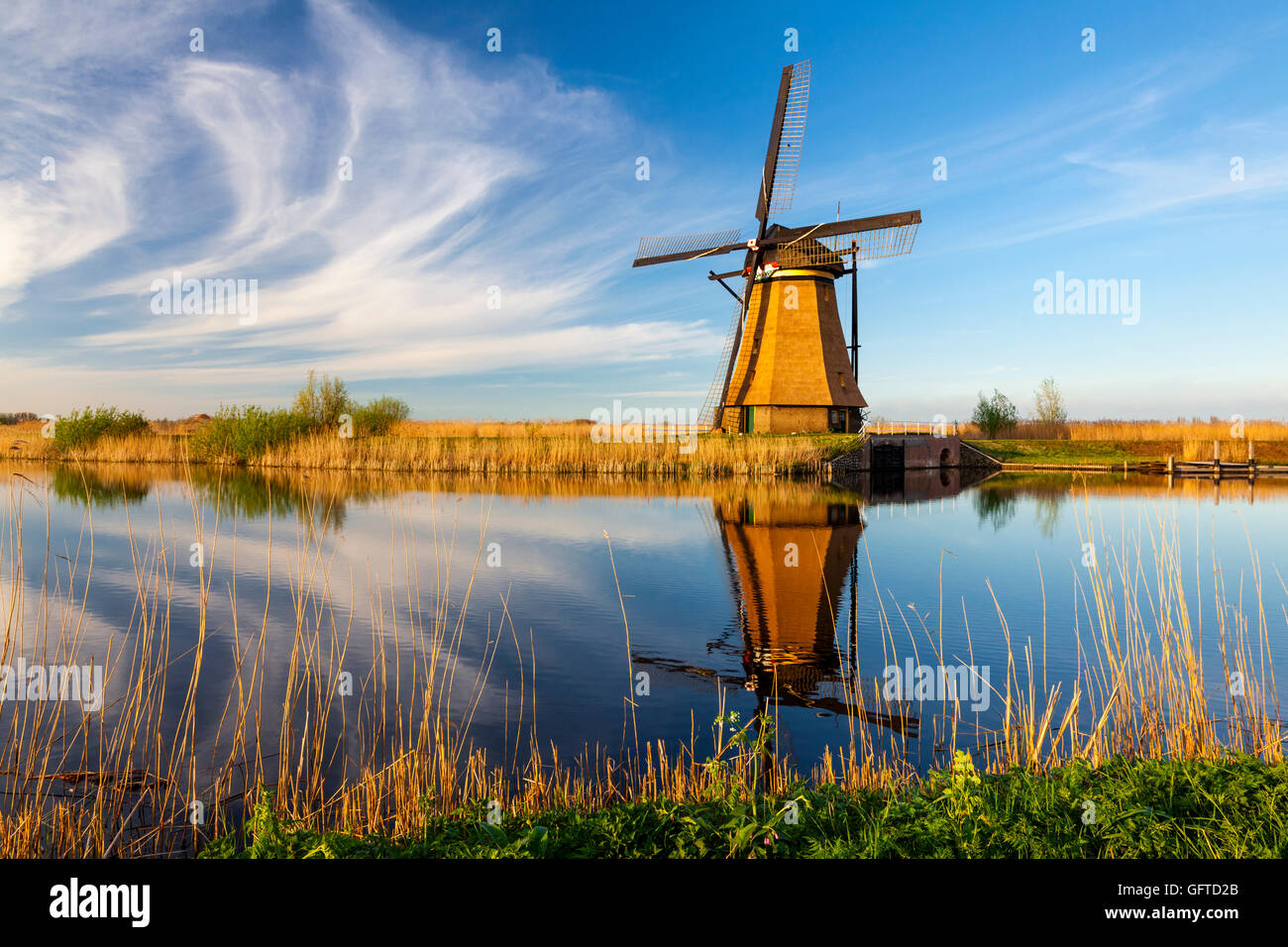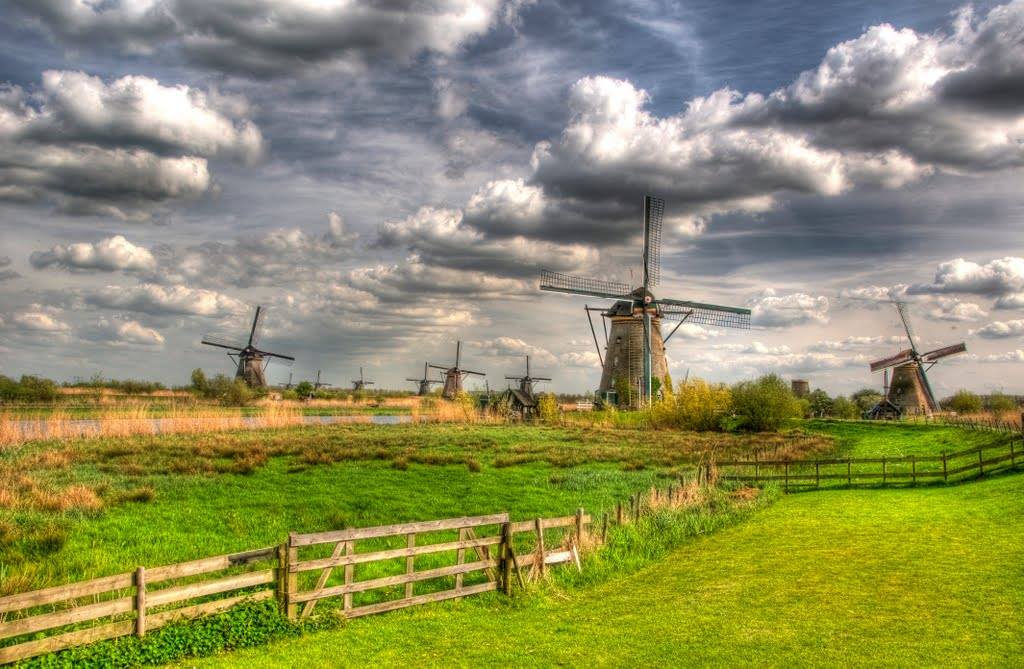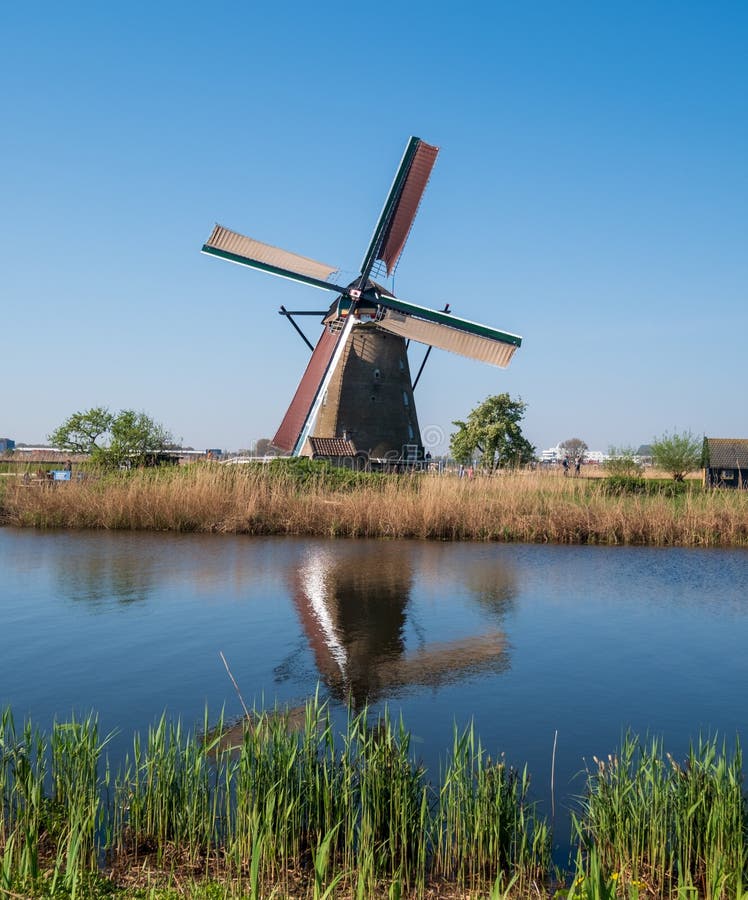
Kinderdijk windmills Holland Netherlands, Europe, UNESCO World Heritage Stock Photo Alamy
The Kingdom of the Netherlands has thirteen UNESCO World Heritage sites. These national sites are considered so important for humanity that we want to pass them on safely to future generations.

Most famous UNESCO sites in the Netherlands 123HotelGift
1 Mandate to the World Heritage Committee 4 State of Conservation Reports 0 International assistance requests Approved 0 International assistance Total Amount Approved (USD) Acceptance of the Convention: Wednesday, 26 August 1992 Mandates to the World Heritage Committee 1 2003-2007 UNESCO UNESCO Country page World Heritage

Unesco werelderfgoed World heritage sites, Holland windmills, Netherlands travel
The Waddensea a Natural World Heritage in the Netherlands - UNESCO 2009. The Wadden Sea, including the waters along the German and Danish, is the only Natural World Heritage in the Netherlands. The Wadden Sea is a unique sea area in the world and it needs to be protected against e.g. industrial fishing and fossil exploitation. Ebb and flood.

Kinderdijk windmills, UNESCO World Heritage Site, Netherlands.
Criterion (i): The Amsterdam Canal District is the design at the end of the 16th century and the construction in the 17th century of a new and entirely artificial 'port city.' It is a masterpiece of hydraulic engineering, town planning, and a rational programme of construction and bourgeois architecture.

Kinderdijk Windmills Unesco World Heritage Netherlands Unesco world heritage, Kinderdijk
Surprisingly the Netherlands only has 12 designated UNESCO World Heritage Sites. Now let's take a look at these historical sites in the Netherlands. (Updated in 2023) Table of Contents Best UNESCO World Heritage Sites in Netherlands FAQ UNESCO World Heritage Sites by Country As a holidaymaker Best UNESCO World Heritage Sites in Netherlands

Windmills, Kinderdijk, UNESCO World Heritage Site, Netherlands, Europe Stock Photo Dissolve
Located in north-western continental Europe, there are 13 UNESCO World Heritage Sites in the Netherlands. There's quite a large variation in these World Heritage Sites, ranging from historic towns, to innovative agriculture, modern architecture, important nature preserves, and much more besides.

UNESCO World Heritage Sites in the Netherlands
The Dutch Water Defence Lines represents a defence system extending over 200 km along the edge of the administrative and economic heartland of Holland. It is comprised of the New Dutch Waterline and the Defence Line of Amsterdam. Built between 1815 and 1940, the system consists of a network of forts, dikes, sluices, pumping stations, canals and.

UNESCO World Heritage at Kinderdijk Heavenly Holland
There are now 13 UNESCO World Heritage Sites in the Netherlands. That's right — this tiny country is filled to the brim with exciting and unique cultural sights! Here is the full list of Dutch sites, ranked in the order they joined the world-renowned UNESCO list. Want a quick breakdown? 1. Pre-historic Schokland island fighting against the water 2.

UNESCO World Heritage Sites in the Netherlands
This was the first UNESCO World Heritage Site in the Netherlands. Seventeenth-Century Canal Ring Area of Amsterdam inside the Singelgracht (2010) The canal district of Amsterdam is an icon. But it is an important historical feature in the city, which is why it was listed as one of the UNESCO World Heritage Sites in the Netherlands.

Historic Windmill Reflected in the Water at Kinderdijk, Holland, Netherlands, a UNESCO World
Unesco recently granted the Colonies of Benevolence World Heritage status with its three settlements in The Netherlands: Frederiksoord, Wilhelminaoord, and Veenhuizen in Drenthe. These colonies were set up early in the 19th century to support poor people in The Netherlands who could work in the Colonies and build a better future for themselves.

Famous Windmill in Kinderdijk Village in Holland. Colorful Spring Rural Landscape in Netherlands
UNESCO Culture Intangible Heritage Netherlands Netherlands Netherlands News Project Activities with the patronage Membership and participation Periodic report Contact Accredited NGOs located in this country Latest news and events 19 April 2023 Corso culture in the Netherlands: various flower and fruit parades in the Netherlands 21 June 2021

Kinderdijk Windmills Unesco Heritage Netherlands Stock Photo Image of basin, famous 44941500
History of Kinderdijk. In the beautiful, water-rich area near Dordrecht you will find the windmills of Kinderdijk. Built around 1740, these 19 magnificent windmills stand here as part of a larger water management system to prevent flooding. Today they symbolize Dutch water management and in 1997 they were declared a UNESCO World Heritage Site.

Schokland an Unesco Heritage in the Netherlands Flevopolder Stock Photo Image of
UNESCO World Heritage Sites in the Netherlands 12 locations, 12 stories, 12 highlights of the Netherlands They vary greatly in size, age and beauty, but each of our 12 UNESCO World Heritage Sites tells a remarkable story and creates a unique and beautiful image of our rich history.

UNESCO in the Netherlands ibis travel guide
The United Nations Educational, Scientific and Cultural Organisation (UNESCO) intangible cultural heritage elements are the non-physical traditions and practices performed by a people. As part of a country's cultural heritage, they include celebrations, festivals, performances, oral traditions, music, and the making of handicrafts. [1] Background

The UNESCO World Heritage sites in the Netherlands
Whether you're visiting the Netherlands out of interest for our cultural values, history or views on how to manage and deal with water, our UNESCO World Heritages Sites are a great place to start. These remarkable sites tell the story of the country and the Dutch people in terms of water management, society and design. © Miranda Drenth © Merel Tuk

Windmills of Kinderdijk A UNESCO World Heritage Site in Holland
21 Memory of the World International Register The world's documentary heritage belongs to all, should be fully preserved and protected for all and, with due recognition of cultural mores and practicalities, should be permanently accessible to all without hindrance. 1 Biosphere reserves